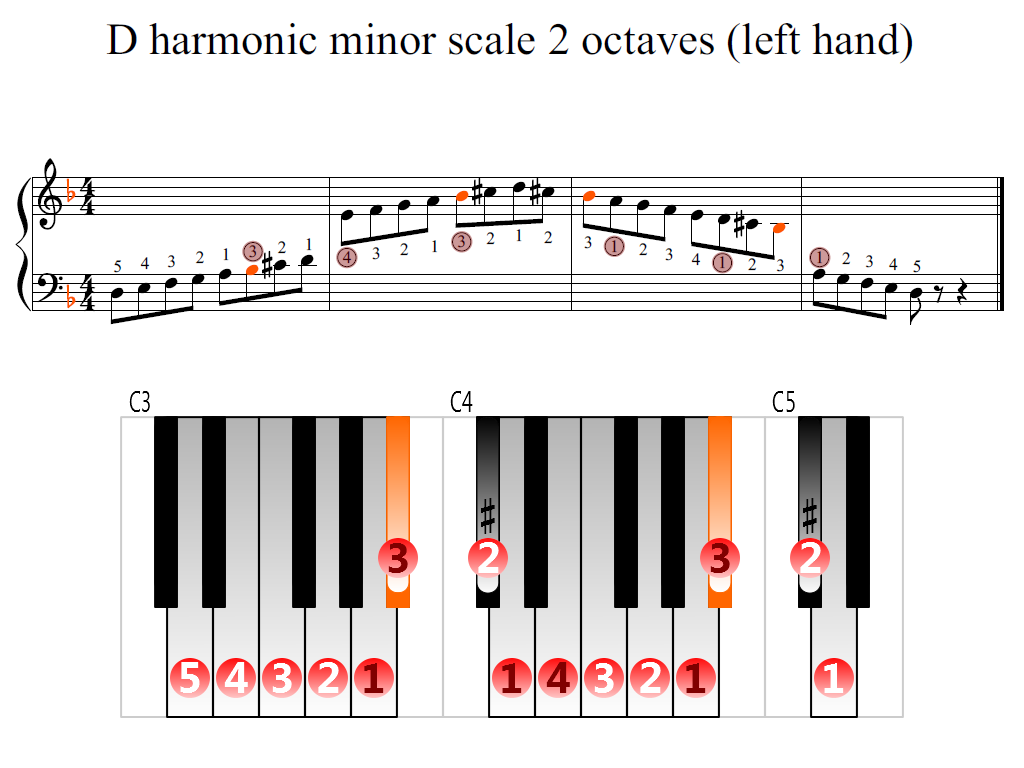


Now, let’s cover a couple of the various positions and finger placements you’ll need to learn in order to play the D minor scale on the guitar. Because of this similarity, F major is known as the relative major of D minor. If you’ve studied the F major scale, you’ll notice that it’s composed of the same note as the D minor scale, but in a different order. There are seven notes in the D minor scale: In this lesson, we’ll cover the notes that make up the D minor scale, as well as finger placements you’ll need to know to play this scale in several positions on your guitar. The D minor scale’s emotional range and versatility makes it an important scale for new guitarists to learn.
#D minor harmonic scale series
The D minor scale is a unique progression because, historically, classical composers have dubbed it as the most melancholy series of notes, which makes it the perfect scale for conveying sadness and grief in a song. And just like the popularity of most major scales (G major, for instance), D minor is also frequently used in some of the recording industry’s most popular songs, including Beyonce’s “Crazy In Love,” “Set Fire to the Rain” by Adele, and Santana’s classic, “Black Magic Woman.” Minor scales are comprised of three scale patterns – the natural minor scale, the harmonic minor scale, and the melodic minor scale. The D minor scale is perfect for adding emotional contrast to playing major scales. Lesson: Playing the D Minor Scale on Guitar


 0 kommentar(er)
0 kommentar(er)
